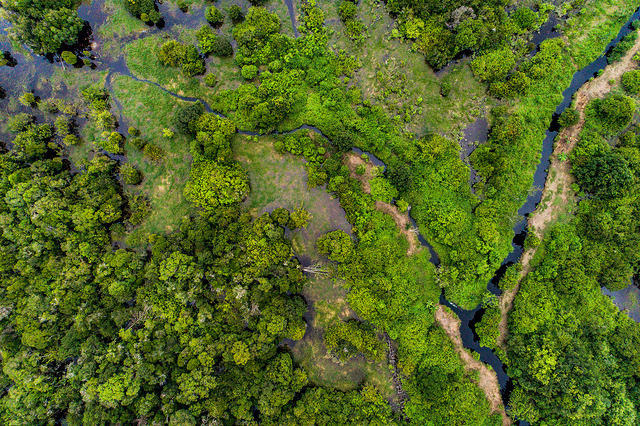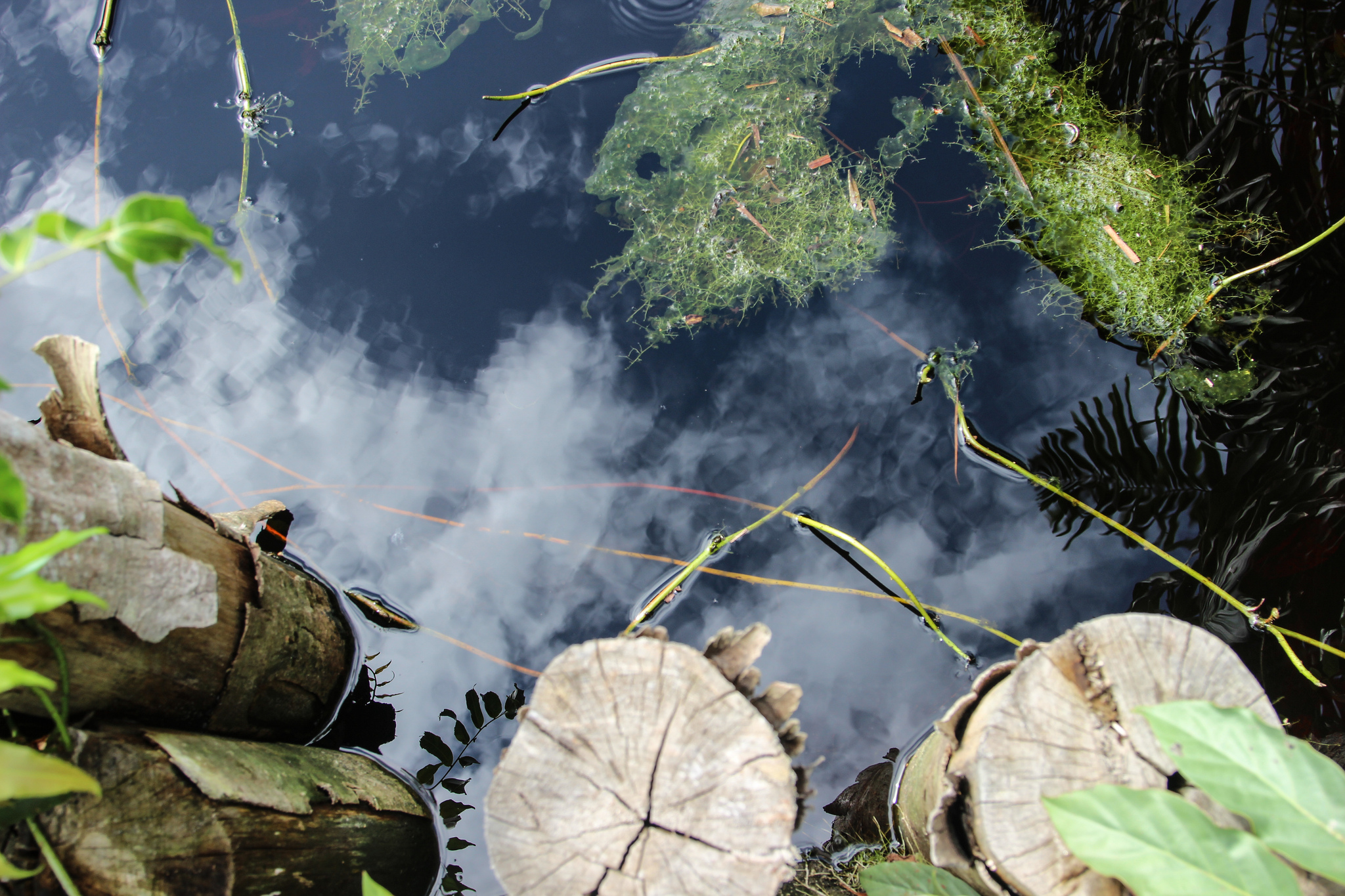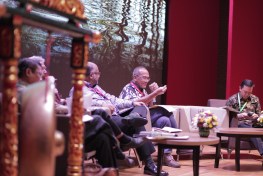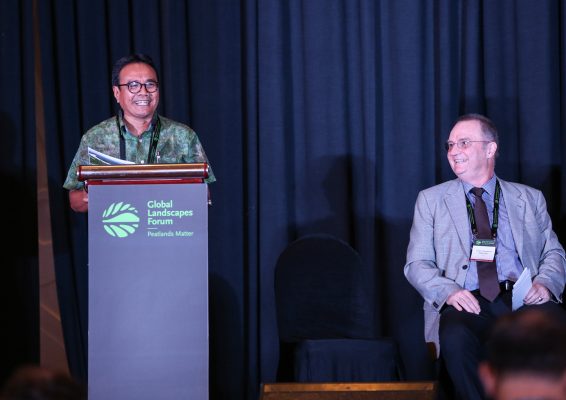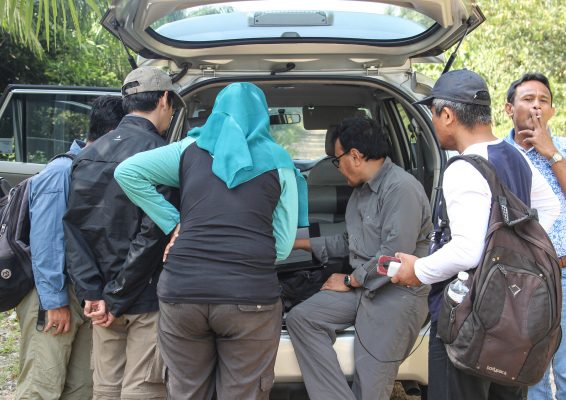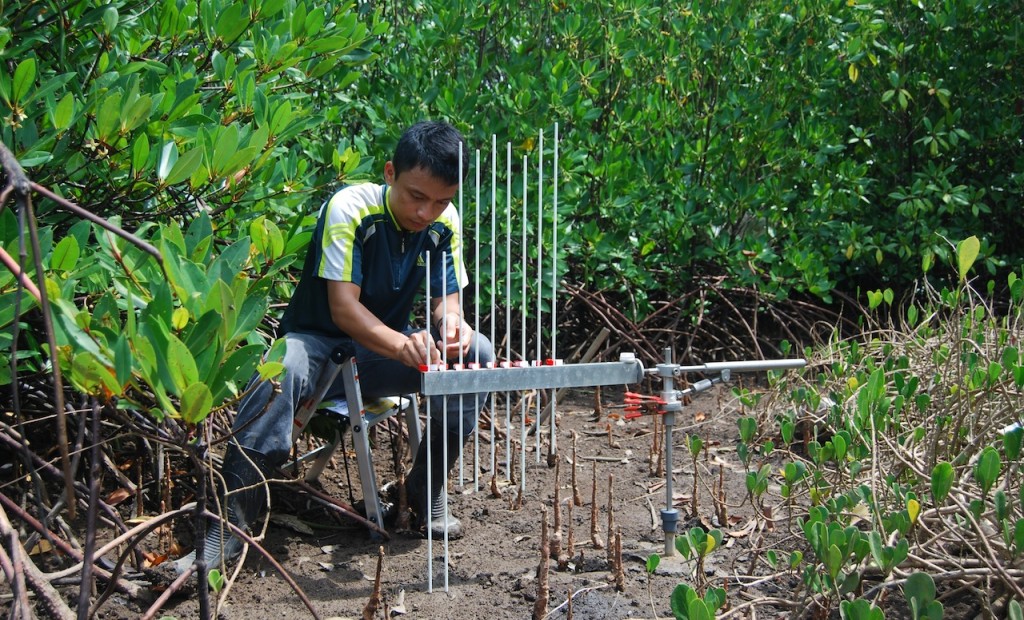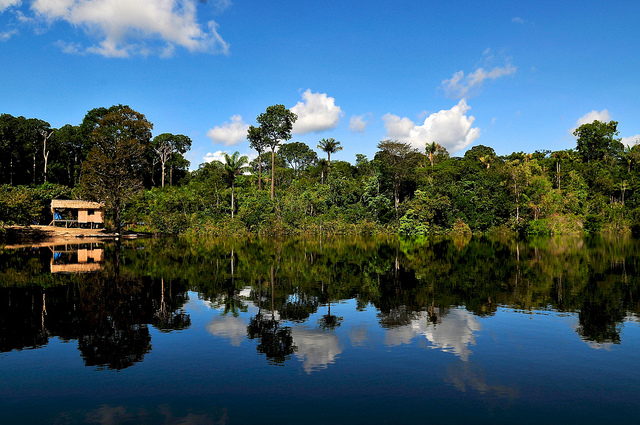On 28 June 2004, Indonesia’s environment minister Nabiel Makarim opened the Indonesian parliament (DPR) public hearing by holding up a copy of national newspaper KOMPAS, saying that he hoped the other senators had read the morning’s opinion piece. The article, penned by an Indonesian forester, proffered the many reasons why Indonesia should ratify the Kyoto Protocol and was the final cherry atop a heap of academic papers this scientist had also compiled to support the case. The Protocol was ratified later that day.
In the 30-plus years of his work, said forester Daniel Murdiyarso has listened to “climate change” grow from a nebulous term to a global crisis and seen the giant of his country wake up from its isolated slumber to become an integral player in international climate negotiations. In fact, he was a primary reason for this awakening, and has since been a perpetual muscle moving Indonesia to keep up with the global pace.
Just a few weeks ago, for instance, he organized an exchange on peatlands at the Center for International Forestry Research (CIFOR), where he has served as Principal Scientist for the past 15 years. His research on these ecosystems has paved the way in getting them recognized by policymakers, so much so that the Indonesian government is now in the process of establishing an international peatlands center on the CIFOR campus in partnership with other governments – a topic of the exchange. Afterward, an attendee from the U.S. commented that he’d never seen government members speak so freely in such a setting before.
In other words, everything (for his country) has changed, because nothing (for his role in it) has changed. “My passion is to link science and policy,” he says coolly.
And while passions can often burn uncontrollably, or burn out, Murdiyarso’s mantra has kept his from doing so. It’s also the foremost reason why he was recently awarded the 2018 LIPI Sarwono Award, the highest honor given by the Indonesian Institute of Sciences (LIPI): consistency and accountability, particularly in his tireless work on wetlands, including peatlands and mangroves.
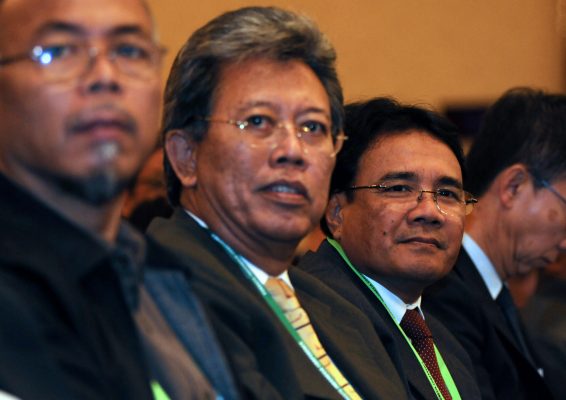
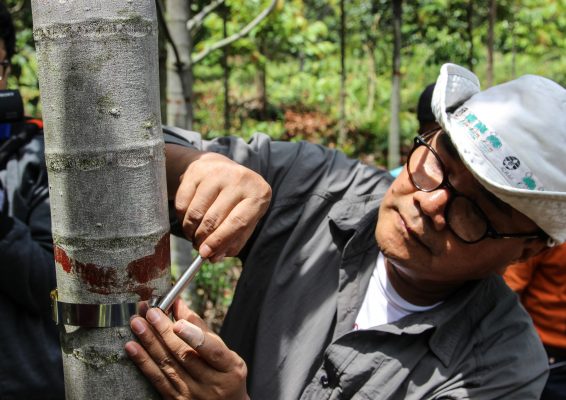
RESEARCHING ON THE EDGE
While Murdiyarso’s passion might seem a heady pursuit now, it used to render him a renegade. After receiving his doctorate in meteorology from the University of Reading in the UK, he returned to Indonesia to serve on the faculty of his undergraduate alma mater Bogor Agricultural University (IPB) and soon began shoring up funding for research projects. This attracted the attention of the International Panel on Climate Change (IPCC), which chose him to help conduct Indonesia’s National Greenhouse Gas Inventory.
But it wasn’t the boon for his career one might expect.
“It was mainly me from Indonesia, and it was seen as something dangerous,” he recalls. “You should not reveal what is going on in the ecosystem. So I was kind of a lonely ranger, just working with students on climate change. Climate change was still a very vague term for many of us.”
Indonesia then had the third-highest emissions from rice production after China and India – a ranking Daniel couldn’t help but question in validity. So he reached out to the University of Portland, and convinced them to detour down to Indonesia on their annual trip to China and lend him their cutting-edge equipment. “My students hand-carried it through customs,” he laughs.
He and his team ended up publishing a pivotal article based on his measured emissions from three different rice varieties farmed in three different water management systems, estimating Indonesia’s wetland rice emissions to be approximately 4 Teragrams (Tg) of methane per year rather than the formerly estimated 12 Tg.
It was mainly me from Indonesia, and it was seen as something dangerous
People nonetheless threatened to have him reported to official authorities, saying that universities should not be doing this kind of research, but, “I was much more concerned to have the right numbers, and with that be able to confidently say that this is the number that we have. Whether it is dangerous or not, that’s up to you.”
Young Murdiyarso never imagined that his future self would be traipsing out into paddy fields to measure gases and muse about their elusive effects. Growing up in the Central Java town of Cepu, his native landscape was one of dry, chalky soil that gave way to state-owned teak plantations managed by overseers on high payrolls. It was the dollar signs he initially followed into forestry; and besides, wetlands and other archipelagic ecosystems were “full of muck and mosquitos.”
After forestry school at IPB, he wasn’t ready to commit to the job market. He applied for and received a government scholarship to do a master’s at IPB and then went to the UK for his doctorate. It was there that he became enamored with the research community. “There were contrasting views about forests and water,” he recalls of the main debate of the time. “Some people said forests are good because they produce water, others said they are bad because they consume. So I was in the middle of this big question, and when I looked at the issue in tropical forests, both were correct in different contexts.”
During his master’s, he was assigned the tutor of climatologist Ruth Chambers, who quickly grew into a mentor in shaping his scientific temper. “She taught me how important it is to know something properly and correctly rather than learning everything, but superficially. She inspired a lot in principle, integrity and discipline.”
Case in point: Murdiyarso continues to examine the water question, and in July was one of 50 scientists that contributed to a consequential report on forests and water security, presented at the UN High-Level Forum on Sustainable Development.
